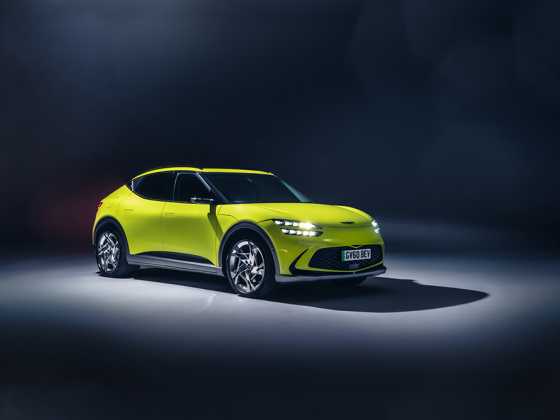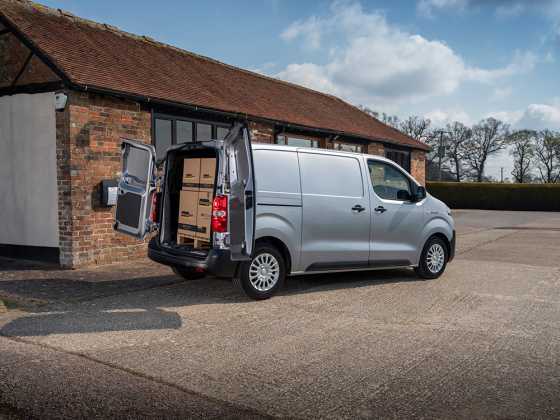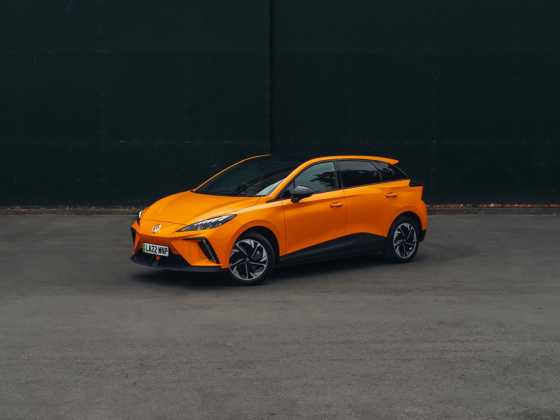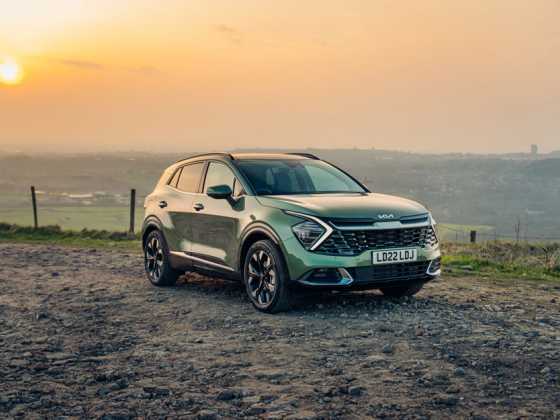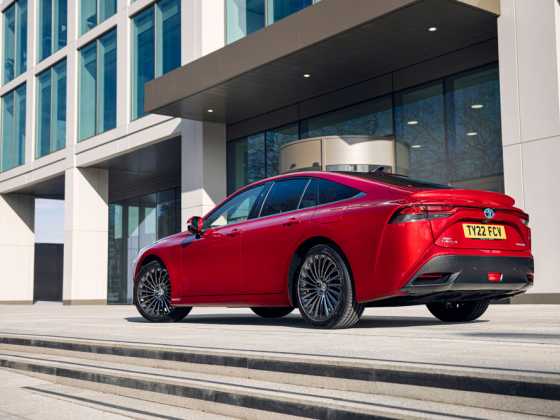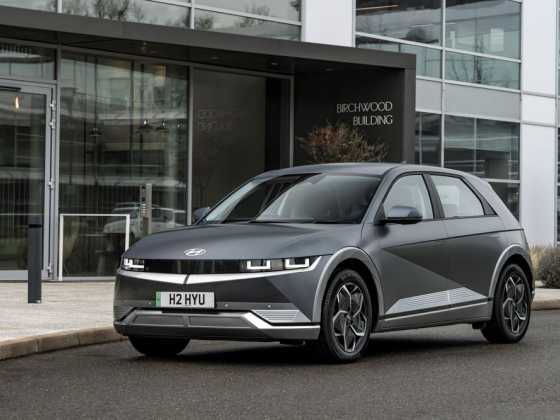DS 3 Crossback E-Tense Ultra Prestige
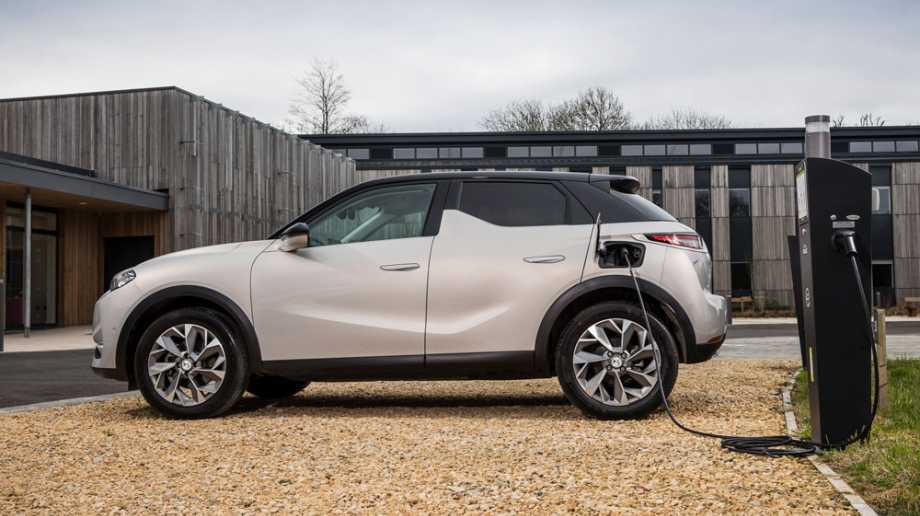
Reinvented with crossover style, Richard Gooding discovers that DS' only all-electric offering will appeal those who desire a well-appointed, practical and luxurious compact EV
What is it?
Based on the same Stellantis 'e-Common Modular Platform' (e-CMP) also found under the Peugeot e-208 and e-2008 as well as the Vauxhall Corsa-e, the DS 3 Crossback E-Tense is the all-electric version of DS' smallest car. Re-invented as a supermini-sized crossover, the latest DS 3 is joined by plug-in hybrid versions of the DS 7 and DS 9 – the DS 4 follows – as the marque pivots to a more upmarket brand with a prominent electrification strategy.
What range does it have?
Using the same 100kW/134bhp electric motor and 50kWh lithium-ion battery as the other small electric cars in the Stellantis group, DS quotes the 3 Crossback E-Tense as having a zero-emissions range of between 191 and 206 miles. The Ultra Prestige tested here has an official 198-mile distance, although during real-world testing, we recorded a 149-mile maximum range in changeable weather conditions.
How long does it take to charge?
With a fast-charge capability, the DS 3 Crossback E-Tense's battery can be refilled from flat to 80 per cent capacity in 30 minutes from a 100kW chargepoint. The electric DS 3 can be specified with a 7.4kW or 11kW on-board charger, the highest rated unit bringing down the 0-100 per cent refilling times on public 11kW and 22kW points to just over five hours. Connected to a 2.3kW/10A electricity supply, the DS 3 E-Tense takes around 24 hours to fully refill its battery.
How does it drive?
A smart looker, the reinvigorated DS 3's elevated stance and five-door body make it a more practical proposition. Traditional DS 3 styling motifs such as the 'shark fin' B-pillar are still present, joined by a chrome grille and LED rear lights, while Tesla-like pop-out electric door handles are very cool for a small car.
Inside, the electric DS breaks away from its Stellantis platform siblings in quite dramatic style. The cabin is very avantgarde, the dashboard trimmed in luxurious materials. In practice, it's a little over-designed, with haptic feedback diamond-shaped buttons and no physical heating or ventilation buttons, making adjustment of the air conditioning a dive into the touchscreen menus. The electric window switches are mounted on the centre console as the doors feature large air vents, but the console aluminium switches themselves are a triumph.
With 192lb ft/260Nm of torque from its 100kW motor, the DS 3 Crossback E-Tense feels quick, made more brisk by choosing the Sport driving mode. Relatively athletic for a high-rider, the small DS rides well and is refined. An Eco driving mode and two-stage regenerative braking setup allows more energy harvesting to top up the batteries under motion, the more intense 'B' mode chosen by tapping the gear lever back.
What does it cost?
The DS 3 Crossback E-Tense range starts at £31,500 (including the Government's Plug-in Car Grant, PiCG) for the Prestige model. Equipment includes 17-inch 'Madrid' alloy wheels, automatic wipers, electrically folding door mirrors and rear parking sensors. Move up to the £31,900 Performance Line and aluminium sports pedals and alcantara trim become standard.
The £37,400 Performance Line+ gains 18-inch 'Monza' alloy wheels, LED matrix headlights and LED rear lights, keyless entry, and a 10-inch connected navigation infotainment system. The design-led £38,400 Ines de la Fressange gets special Ink Blue metallic paint, a black roof, and red exterior highlights, while the top-spec £38,6000 Ultra Prestige model as tested here adds leather seats, a reversing camera and an advanced safety pack.
How much does it cost to tax?
DS' only pure electric model is currently exempt from all VED charges, in the first year of registration and subsequent years. Charged one per cent Benefit in Kind (BIK) rate for 2021-2022, the DS 3 E-Tense's rate rises to two per cent in 2022-2023 and 2023-2024.
Why does my fleet need one?
Certainly a more specialised and unique proposition than its Stellantis group stablemates, the DS 3 Crossback E-Tense is an interesting if slighty flawed proposition. Its interior is a notch above its relatives in both quality and design, if ultimately over-designed in terms of usability. However, whichever way you cut it, the electric DS 3 is a smart-looking machine with a luxurious interior, and those strengths alone will appeal to fleet drivers who want a more prestige and elevated small car packed with technology.
There is also quite literal price to pay in the fact that the electric DS costs more than either of its in-house electric Peugeot or Vauxhall rivals, and is a little less efficient. However, the drivers DS is seeking will likely look past these factors and will investigate the electric DS 3 based on its upmarket image and feel, qualities it very much possesses. Combined with its zero-emission drivetrain, many will find appeal here.

